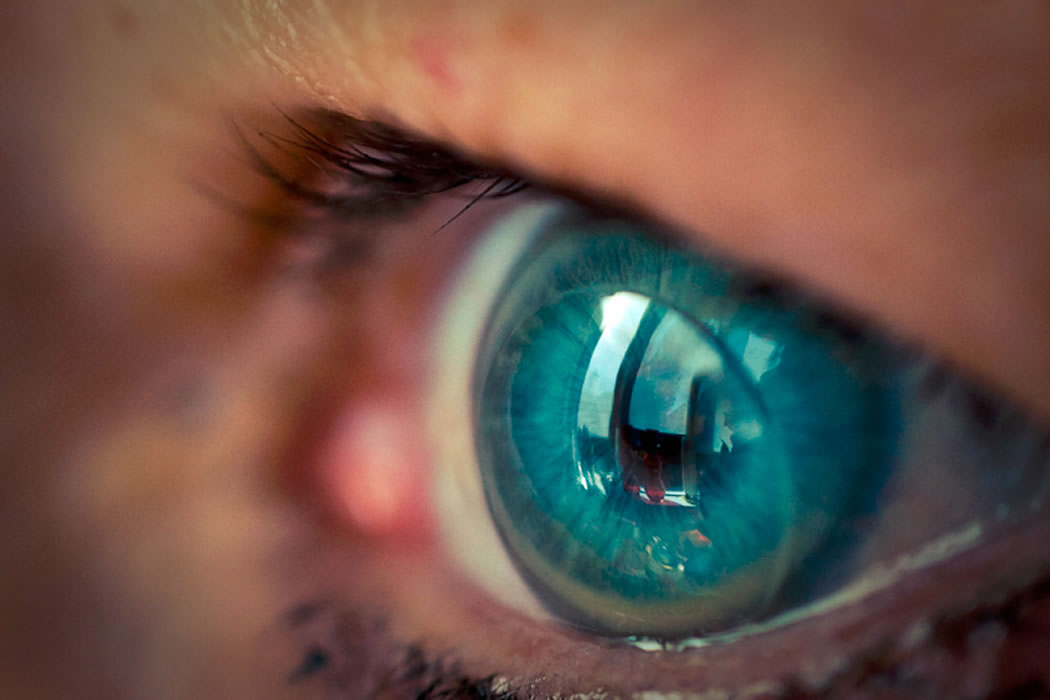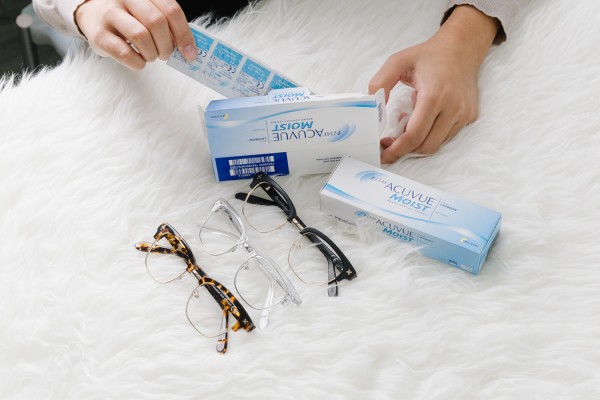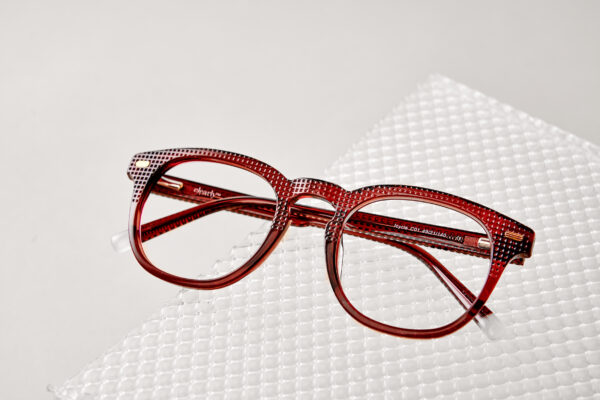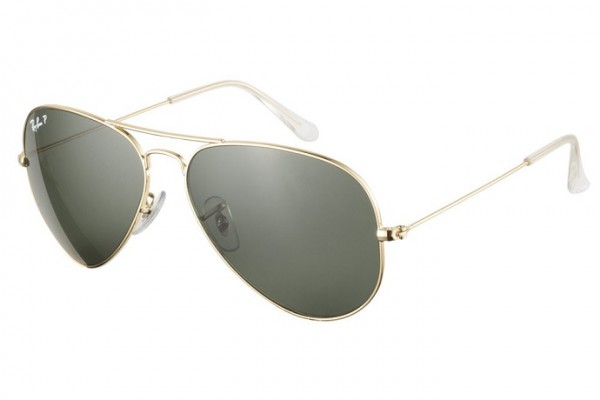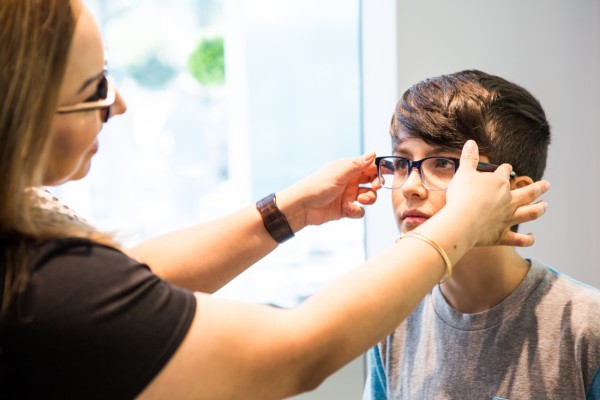What if we told you contact lenses were over 500 years old?
Okay, so that’s not completely true. However, Leonardo da Vinci sketched the first concept of contact lenses in 1508 – and we think it’s pretty impressive that the idea was born during that period.
Though da Vinci didn’t invent contact lenses, his drawings show that human vision can be modified when you place your cornea directly in contact with water. And, as we’re about to find out, there’s truth to that when the invention of contact lenses came to be.
Read on to learn all about when contact lenses were invented and who deserves credit along the way.
- The first invention: Glass contact lenses (late 1800s)
- The second invention: Plastic-glass contacts (1930s)
- The third invention: Hard plastic contacts (late 1940s)
- The fourth invention I: Rigid gas permeable contacts (1970s)
- The fourth invention II: Soft contacts (1970s)
- The evolution of soft contacts
- Which contact lenses suit you?
The first invention: Glass contact lenses (late 1800s)
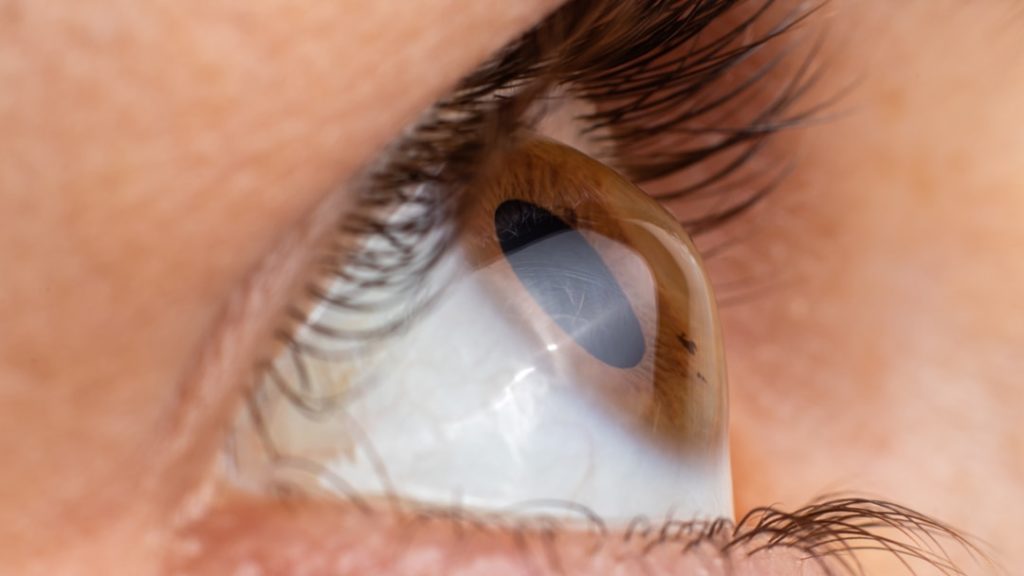
The first contact lens invention was made of glass in the late 1800s. There were multiple attempts at making it wearable on the eye.
Unsurprisingly, a solid piece of glass was heavy, chunky, and uncomfortable to wear. It also restricted oxygen to the cornea significantly because it covered the entire surface of the eye, including:
- The cornea, which is the clear, outer layer that looks like a dome over the iris
- The sclera, which is the white part of the eye
When your cornea is deprived of oxygen, blood vessels begin to grow on the clear dome to supply oxygen. This causes the cornea to cloud up and suffocates the eye, which makes it increasingly difficult to see (and puts your eyes at risk for long-term damage).
Since wearers could only see through these large lenses for a short time, they didn’t catch on as a popular eyewear solution.
Fact: The cornea is the only tissue in your body that receives oxygen directly from the air in order to let you see. (Your body’s other tissues get oxygen from your blood.)
The second invention: Plastic-glass contacts (1930s)
The second generation of contact lenses was made of a combination of glass and plastic in the 1930s by a New York optometrist William Feinbloom.
Thanks to the addition of a hard plastic, called polymethyl methacrylate (PMMA), these plastic-glass lenses were lighter and more wearable than glass contacts.
However, this hybrid version wasn’t supplying enough oxygen to the eyes because it covered the entire eye surface. So not many people at the time wanted to wear plastic-glass contacts.
Fact: Your cornea needs oxygen to function normally. Lack of oxygen to the eye’s cornea could cause it to swell, which can have a negative effect on your vision.
The third invention: Hard plastic contacts (late 1940s)
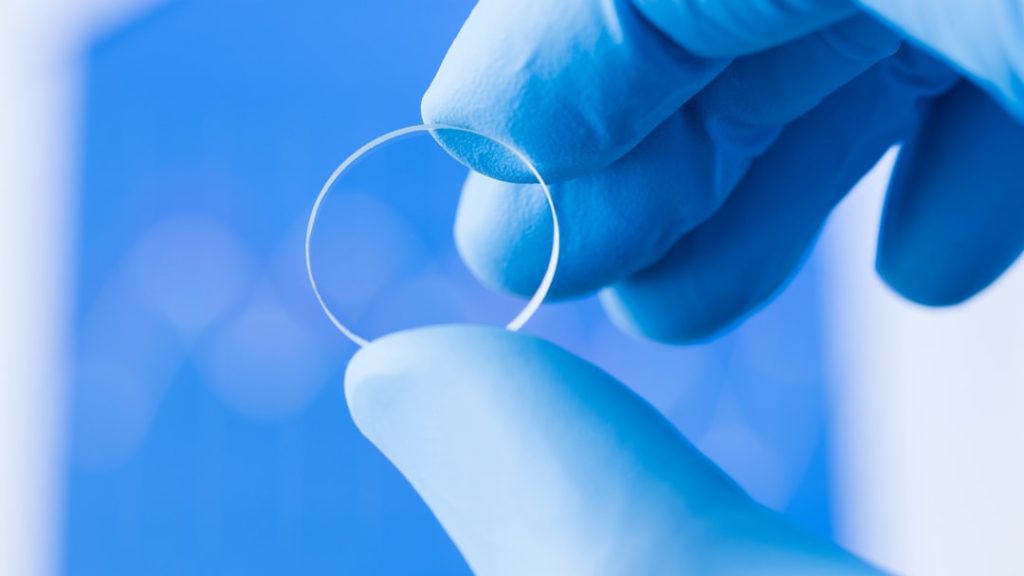
The third generation of contacts was made of hard plastic in the late 1940s by a California optician Kevin Tuohy. This time, these PMMA hard contacts were more wearable and breathable than the previous invention.
Because they only covered the eye’s cornea, and they were fitted to move slightly with every blink to allow your eyes to receive oxygen.
These hard plastic contacts were improved throughout the 1950s and 1960s until they were prescribed to be worn for 16 hours or more (with a proper fitting and prescription, of course).
Fact: The discovery of hard plastic contact lenses was actually a lab mistake. Optician Kevin Tuohy was working on an eyeglass lens and it fell apart on him. He was left with a small piece of round lens, which sparked the idea for hard plastic contacts.
The fourth invention I: Rigid gas permeable contacts (1970s)
In the 1970s, rigid gas permeable (RGP) contacts were developed. The addition of silicone to PMMA hard plastic made them an even better product due to breathability.
Many people still wear these RGP hard lenses today, as they are extremely durable, meaning that they won’t tear when you try to put them in, like some soft contacts can.
And since RGP contacts don’t contain water at all, they have a good impression of:
- Less protein and lipid build-up on the lenses
- Breathability and low risk of an eye infection
- Easy to clean
If you’re thinking of getting RGP lenses, some considerations you should know are:
- Require a bit of an adjustment period to get used to them at first
- Often known as the best contacts for astigmatism
- Their flexible-yet-rigid material provides structure for the cornea itself, gently pushing the eye into a more uniform shape favourable to the correction of astigmatism (which is caused by a slightly abnormal shape of the eyeball).
Fact: Did you know it’s called a “contact lens” because the lens is worn in “contact” with the eye?
The fourth invention II: Soft contacts (1970s)

Soft contacts, the ones that most people are familiar with today, were developed in the 1970s.
This happened when two Czech Republic chemists Otto Wichterle and Drahoslav Lim invented a plastic material that could hold water while also enhancing your vision (called hydrogel).
The addition of hydrogel in contacts made them soft, flexible, and comfortable to wear.
Bausch and Lomb started manufacturing soft contacts. At this point, both soft and RGP hard lenses began to grow in popularity.
And so, after nearly five centuries of evolution, Leonardo da Vinci’s musings came to life!
The evolution of soft contacts
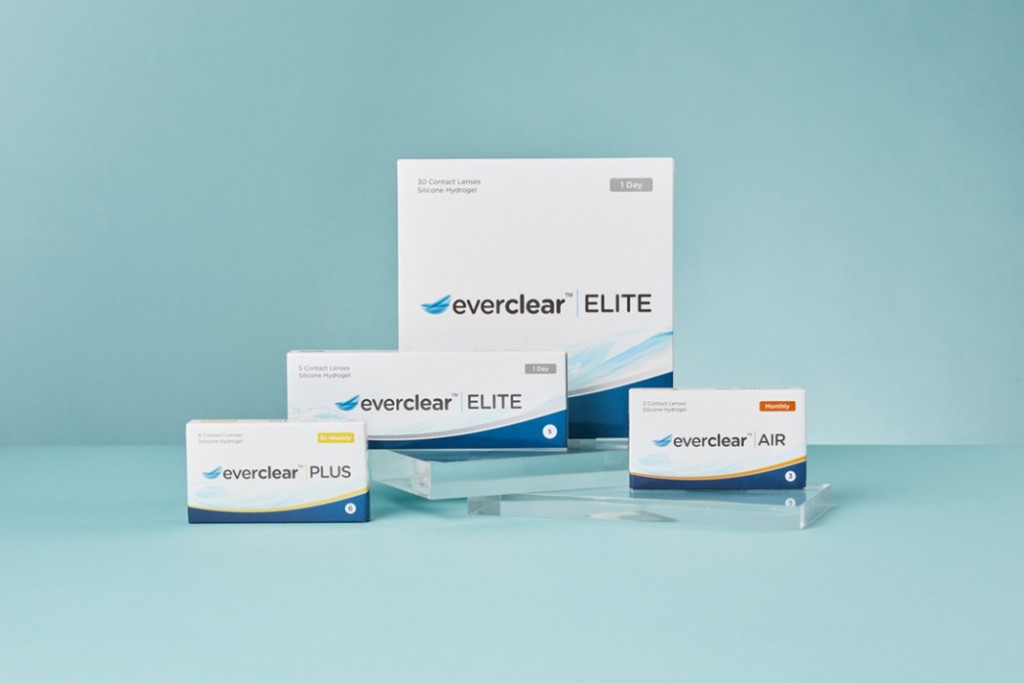
Soft contact lens technology continued to evolve and improve, as more people were excited about the possibility for immediate comfort and easy wearability.
Since the 1970s, a wide range of soft contact lens products have been developed, including daily disposable contacts in 1995.
The soft contact lenses that most people wear today feature:
- Silicone hydrogel lenses, where the addition of silicone to hydrogel provides more water content
- Longer-lasting comfort, so feels like you’re not even wearing them
- Better breathability, so higher level of oxygen flow-through to your eyes
The history of contact lenses:
- 1508 – Leonardo da Vinci sketched the first concept of contact lenses
- 1887 – The first contact lens invention was made of glass, and designed to cover the entire eye
- 1939 – The second generation of contacts was made of a combination of glass and plastic, and fitted to cover the entire eye
- 1948 – The third generation of contacts was made of hard plastic, fitted to cover only the eye’s cornea
- 1971 – The development of soft contacts
- 1979 – The invention of RGP contacts
- 1982 – Soft bifocal contacts launched
- 1986 – Extended (overnight) wear RGP contact lenses were introduced
- 1987 – Disposable contact lenses launched
- 1995 – Daily disposable contact lenses were introduced
- 1999 – Silicone hydrogel contact lenses were introduced
- 2002 – Extended wear soft contacts launched
- 2010 – Custom-manufactured silicone-hydrogel lenses became available
Which contact lenses suit you?

When choosing a contact lens type, start off by considering your prescription and lifestyle.
Do you plan on wearing them all the time?
Weekly or monthly replacement contacts can complement your routine. Plus, they can be affordable and safe if worn according to your doctor’s instructions.
Looking for contacts that you can wear occasionally?
Daily contacts can offer a convenient way to wear fresh contacts every time and can be thrown away after a single use, so you don’t have to worry about cleaning.
Does your prescription have high power of astigmatism?
Toric contacts can fulfil your vision needs.
Do you have multifocal vision?
Multifocal contacts are designed to accommodate multiple prescriptions in the same lens.
Looking to enhance your eye colour effortlessly?
Coloured contacts are a fun and easy way to spice up your look.
Remember, you should have a contact lens prescription, as all contact lenses are considered medical devices. Always speak to your eye doctor or contact lens fitter about which contacts are best for you and what you should expect from your lenses.
Read more:

